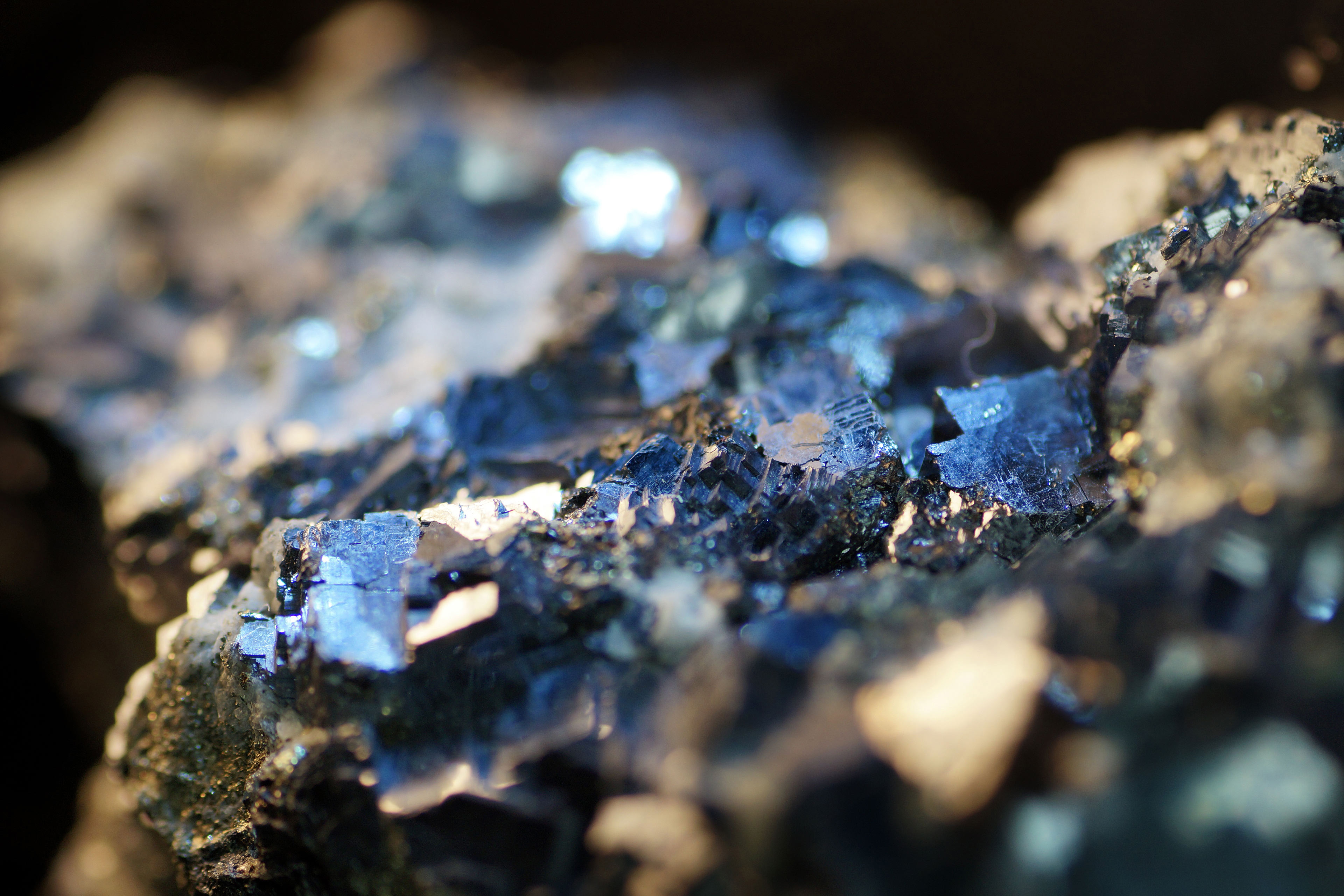EY refers to the global organization, and may refer to one or more, of the member firms of Ernst & Young Global Limited, each of which is a separate legal entity. Ernst & Young Global Limited, a UK company limited by guarantee, does not provide services to clients.
How EY can help
-
The EY Americas Metals and Mining Center of Excellence offers companies access to cutting-edge services and innovation-led solutions.
Read more
Exploration and expansion activities on the rise
In 2021, the overall copper exploration budget reached pre-COVID-19 levels at around US$2.31b, up around 32% year over year (YOY). This is primarily due to high cash at disposal for miners, with record-high copper prices averaging US$9,741 per ton.2
Mine expansion activities rose in 2021, with some major announcements in Chile, Indonesia and Mongolia that will add 3 million tonnes (mt) over the next four years. Most miners continue to allocate a major portion of budget to expansion of existing mines, while grassroot share was 34% in 2021.3 Over the last decade, there have been 19 major grassroot discoveries but only three in the past five years, adding just 5.6mt to the total production.4 Latin America (LatAm) remains the top region in terms of total discoveries; however, over the past decade, new supplies have come more from Africa and Asia. In particular, between 2012 and 2021, around 56% of the top 10 discovered deposits were added by the Kamoa-Kakula deposit in the Democratic Republic of the Congo in 2014 and the Onto deposit in Indonesia in 2013.5
As grades decline, miners are also increasingly investing in underground mines to increase production and other technologies to enhance recoveries — notably enhanced leach techniques. Though the cost of production is higher in underground operations, it has long-term value for most miners — often extending the life of a former open-pit mine. Some major copper players are proactively targeting these reserves to achieve higher production.
Focus on ESG initiatives
According to the 2021 EY business risk report, ESG and decarbonization remain the top business risks for miners.6 Several copper miners have set ambitious targets to achieve net zero emissions. For instance, Antofagasta plans to reduce Scope 1 and Scope 2 greenhouse gas (GHG) emissions by 30% by 2025, relative to 2020, and achieve carbon neutrality by 2050.7
Sustainability analysis of major miners over the past year reveals that the key focus has been on adopting innovative technologies and solutions to address climate change and sustainability along with investments on the development of local communities in and around the mine regions. However, there is still room for improvement in areas like health and safety, and diversity and inclusion in mining operations. Water management and biodiversity are the next areas of responsible production focus.






